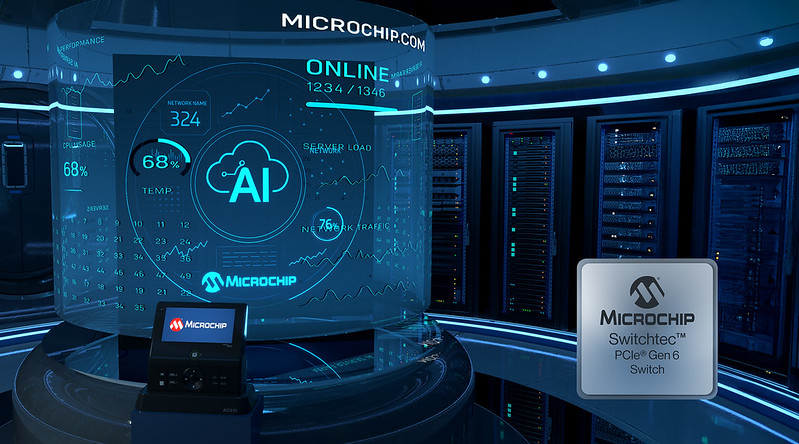Thomas Jefferson must be rolling in his grave.
Google wants to spend $12.5 billion to acquire the part of Motorola that still makes cell phones, but it’s really Moto’s patents, not its hardware, that is the real attraction. How important are the patents? During the official announcement, Google CEO Larry Page used the words “defend” and protect” several times, but never once mentioned “innovation,” “enabling,” or invention.” In short, Moto’s portfolio of 17,000 patents (with another 7,000 pending) will be used to build a defensive moat around the company.
How broken is that? Patents that don’t enable anything; that merely construct a legal wall to help keep out invaders. Patents as defensive weapons. And freakin’ expensive ones, too. That $12.5 billion is enough money to buy–outright purchase–Xilinx, MIPS Technologies, and Micron–combined. You could buy US Steel four times over with that money.
That’s $12.5 billion that won’t build any factories; won’t hire any employees; won’t purchase any components; won’t fund any R&D; won’t be spent developing new products. It’s more evidence — as if any was needed — that patents have become strategic-defense weaponry, fueling a hyper-expensive arms race among super-wealthy corporations. It’s a far cry from “protecting the lone inventor” that we used to hear.
Google, Microsoft, Apple, and a handful of other companies are spending their way to a technical monopoly. They use their astonishing wealth to lock up inventions and erect expensive legal walls. This has nothng to do with innovation, discovery, or progress. Rest in peace, Mr. Jefferson.




